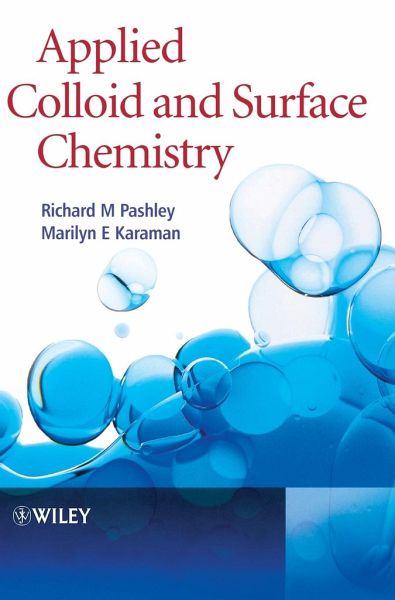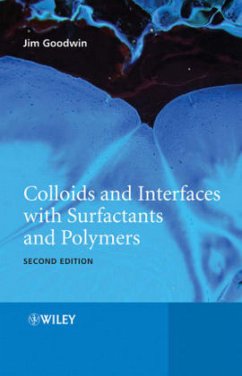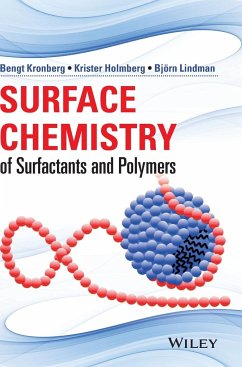
Applied Colloid and Surface Chemistry
Versandkostenfrei!
Versandfertig in über 4 Wochen
213,99 €
inkl. MwSt.

PAYBACK Punkte
107 °P sammeln!
Applied Colloid and Surface Chemistry is a broad introduction to this interdisciplinary field. Taking a genuinely applied approach, with applications drawn from a wide range of industries, this book will meet the demands of the student and professional currently working in the field. The text includes keynote sections written by practicing industrial research scientists, bringing to the reader a wealth of real industrial examples. These examples range from water treatment through to soil management as well as examples taken from the coatings and photographic industries. To aid accessibility, s...
Applied Colloid and Surface Chemistry is a broad introduction to this interdisciplinary field. Taking a genuinely applied approach, with applications drawn from a wide range of industries, this book will meet the demands of the student and professional currently working in the field. The text includes keynote sections written by practicing industrial research scientists, bringing to the reader a wealth of real industrial examples. These examples range from water treatment through to soil management as well as examples taken from the coatings and photographic industries. To aid accessibility, some of the more demanding mathematical derivations are separated from the main text, enabling them to be avoided as required. With carefully structured chapters, starting with learning objectives, and containing tutorial questions with answers and explanatory notes, this text is invaluable for undergraduates taking a first course on colloid and surface chemistry. This book will also be suitable to postgraduates and professionals, who need an up-to-date account of the subject.












